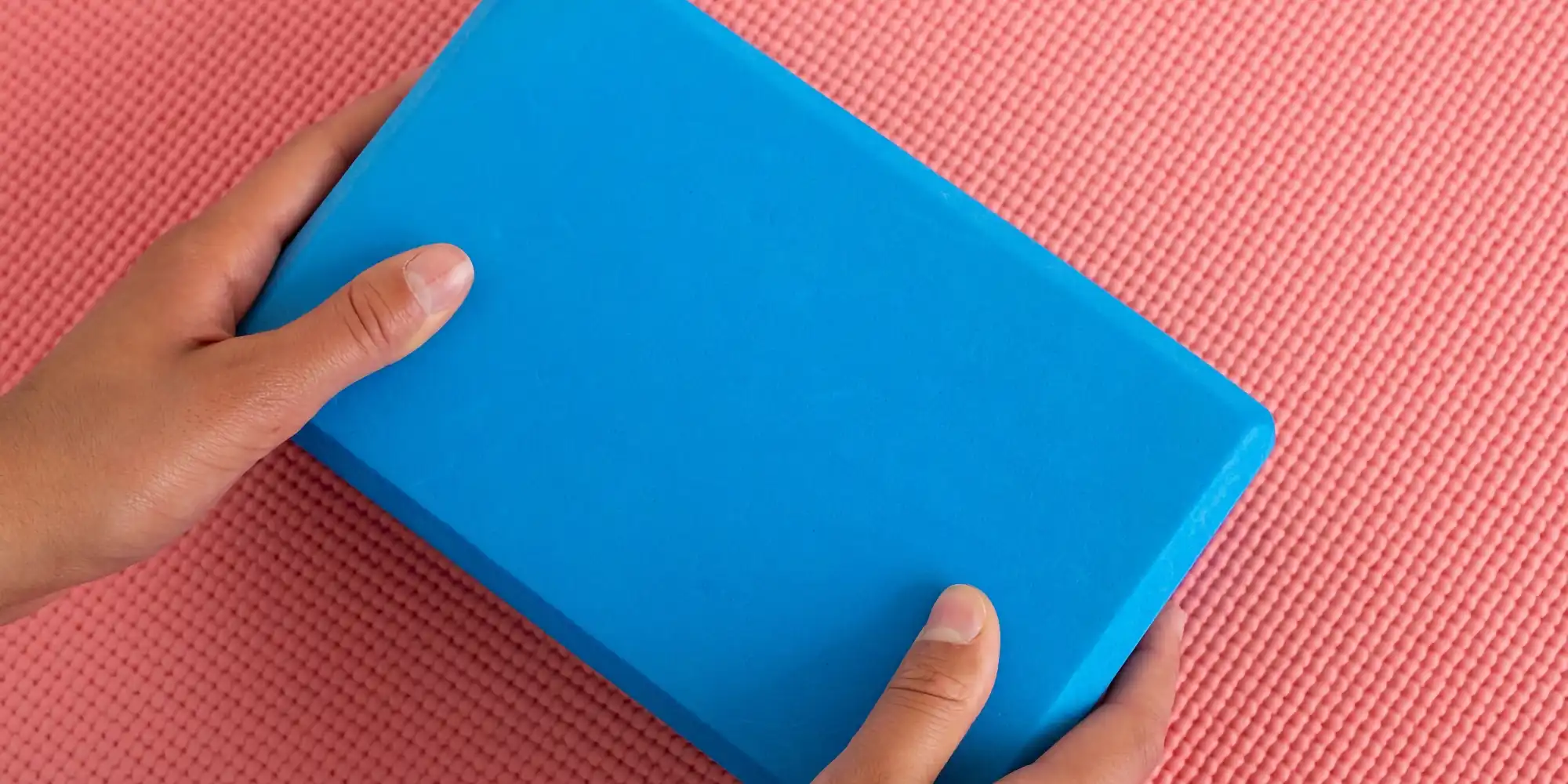In the ever-evolving world of fitness and well-being, yoga has emerged as a powerful practice that not only enhances physical flexibility and strength but also promotes mental tranquility. As yoga gains popularity, enthusiasts are constantly exploring ways to deepen their practice while ensuring safety. One invaluable tool that has made its mark in the yoga community is the humble yet mighty yoga block.
Understanding the Basics
Yoga blocks are typically made of foam, cork, or wood and come in various shapes and sizes. They serve as versatile props to assist practitioners in achieving proper alignment and form during yoga poses. While some may perceive blocks as tools for beginners, they are, in fact, beneficial for practitioners of all levels.
The Foundation of Injury Prevention
1. Alignment Assistance
One of the primary reasons yoga blocks are crucial for injury prevention is their ability to aid in proper alignment. Asanas (yoga poses) require precise alignment to ensure that the body is in the correct position, reducing the risk of strain or injury. Blocks offer height and support, allowing practitioners to maintain the integrity of a pose, especially when flexibility or strength may be limited.
2. Gradual Progression
In yoga, the journey is as important as the destination. Pushing the body too hard or attempting advanced poses without proper preparation can lead to injuries. Yoga blocks act as stepping stones, enabling practitioners to gradually progress into more challenging postures by providing the necessary support. This incremental approach significantly reduces the likelihood of overstretching or straining muscles.
3. Adapting to Individual Needs
Every body is unique, and so is every yoga practice. Yoga blocks can be tailored to individual needs, making the practice more inclusive. For those with limited flexibility or recovering from injuries, blocks offer a means to modify poses without compromising safety. This adaptability ensures that yoga remains a holistic and accessible practice for everyone.
Safe Practice Tips
To fully harness the benefits of yoga blocks for injury prevention, consider these tips:
- Mindful Placement: Position blocks mindfully to support your body without forcing it into unnatural positions.
- Breath Awareness: Focus on your breath and listen to your body. Blocks should enhance your practice, not hinder it.
- Consult with Instructors: Seek guidance from certified yoga instructors to ensure proper block usage for your specific needs.
Incorporating yoga blocks into your practice is not a sign of weakness but a commitment to safety and longevity in your yoga journey. These unassuming props are powerful allies in injury prevention, providing the support needed to explore your body’s capabilities without unnecessary risks. Embrace the role of yoga blocks in your practice, and let them be the cornerstone of a safe and fulfilling yoga experience.
Frequently Asked Questions (FAQ)
Q: Are yoga blocks only for beginners?
A: No, yoga blocks are beneficial for practitioners of all levels. They assist in maintaining proper alignment and support gradual progression in poses, making them valuable tools for both beginners and experienced yogis.
Q: How do I know which size of yoga block is right for me?
A: The size of the yoga block depends on personal preference and body proportions. Generally, a standard size works well for most practitioners, but experimenting with different sizes can help you find the one that suits your needs.
Q: Can yoga blocks help prevent injuries?
A: Yes, yoga blocks play a crucial role in injury prevention. They assist in achieving proper alignment, support gradual progression, and allow for modifications tailored to individual needs, reducing the risk of strain or injury.
Q: Are there specific poses where yoga blocks are particularly useful?
A: Yoga blocks can enhance various poses, but they are particularly useful in standing poses, seated poses, and balancing poses. They provide stability and support, enabling practitioners to maintain correct form.
Q: Can I use household items as a substitute for yoga blocks?
A: While some household items may provide temporary support, it’s recommended to use purpose-designed yoga blocks for safety and effectiveness. Improvised substitutes may lack the necessary stability and support.
